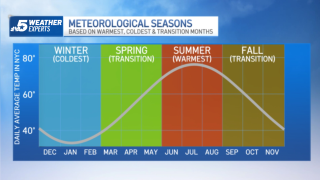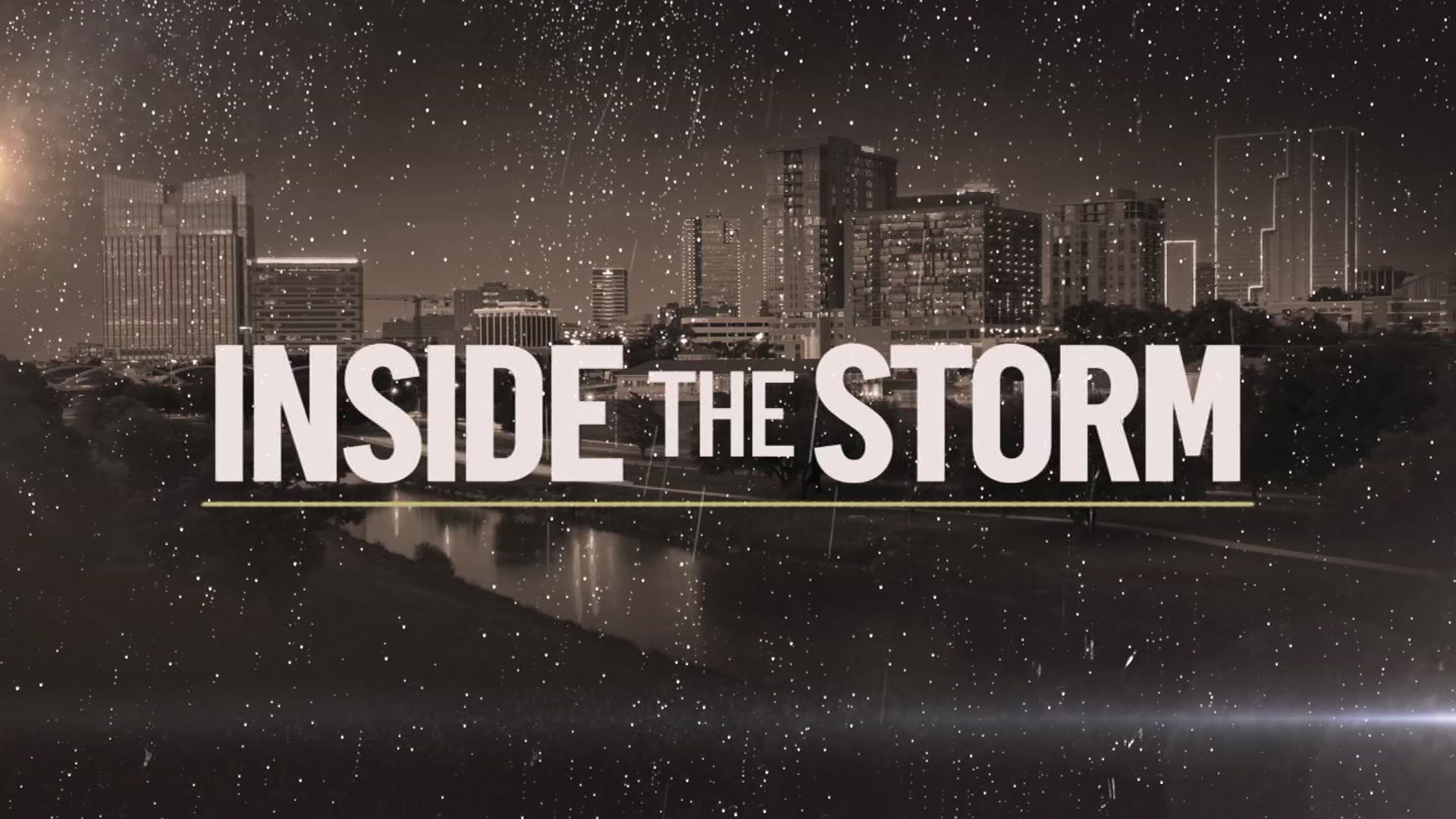
"When does spring start?" is a more confusing question than you might think. Turns out, it depends on who you ask.
When Does Spring Start? March 1 or March 20?
Most people may say that March 20, the date of this year’s vernal equinox, marks the beginning of spring in 2022. But to a meteorologist, the answer is March 1.
Astronomical seasons have been around for thousands of years. They are dictated by the earth’s orbit around the sun and the sun’s ever-changing angle to the earth’s surface (thanks to our planet’s tilted axis). The two equinoxes -- vernal and autumnal -- and two solstices -- summer and winter -- mark the divisions between astronomical seasons. Meteorological seasons, on the other hand, are defined more by climate than astronomy. They are blocks of equal three-month periods that coincide with the warmest, coldest, and “transition” periods of the year.
Get DFW local news, weather forecasts and entertainment stories to your inbox. Sign up for NBC DFW newsletters.
Astronomical Spring
Astronomically speaking, spring begins on the vernal equinox, which is the point on the earth’s orbit when the sun is directly over the equator on its journey higher in the northern hemisphere sky. Each year, the vernal equinox falls somewhere between March 19 and March 21. This year, it is on March 20 – at 10:33 a.m. CT to be specific.

In the same vein, summer, fall and winter begin at very specific points along the earth’s orbit:
- Beginning of summer: The summer solstice, anywhere from June 20 to June 22 each year. This is when the sun is positioned directly over the Tropic of Cancer in the northern hemisphere. It marks the highest position of the sun overhead for those of us in the United States, and it also marks the day with the greatest amount of daylight. This year, the summer solstice is on June 21 at 4:14 a.m. CT.
- Beginning of fall: Fall begins either on Sept. 22 or Sept. 23, depending on when the autumnal equinox happens in a particular year. The autumnal equinox is the point at which the sun is directly over the equator, like at the beginning of spring, but in this case, the sun is progressively getting lower in the northern hemisphere sky and colder temperatures are on the way.
- Beginning of winter: The winter solstice marks the start of winter. It happens each year sometime between Dec. 20 and Dec. 23. This year, it will happen at 3:47 p.m. CT on Dec. 21. It marks the point when the sun is directly over the Tropic of Capricorn in the southern hemisphere. It is the time when the sun is at its lowest point in the northern hemisphere’s sky, and it marks the day with the least amount of daylight in the year. It also signals the coldest stretch of weather for us in the United States.
The beginning and end of astronomical seasons varies from year to year, making them slightly inconsistent from a record-keeping standpoint. That’s where meteorologists step in.
Weather Connection
Connecting you with your forecast and all the things that make North Texas weather unique.
Meteorological Spring
Meteorologists define spring, and seasons in general, in equal three-month chunks that mark the warmest, coldest, and transitional stretches of weather for a region. It is a more consistent method of defining the seasons and helps with record-keeping.

Here is how the seasons are divided meteorologically:
- Winter: Dec. 1 to Feb. 28 – the coldest three months of the year.
- Spring: March 1 to May 31 – The steady three-month transition from cold to warm.
- Summer: June 1 to Aug. 31 – The warmest three months of the year.
- Fall: The steady, three-month transition from warm to cold.
The definitions of meteorological seasons are simpler, more consistent, and define the calendar year more logically on the basis of temperature. Scientifically, meteorological seasons are useful for comparing weather year-to-year. Because the timing is the same each year, any comparisons are apples-to-apples, if you will.
As indicated by the above definitions, spring is a transitional period in New York. Temperatures ramp up consistently from start to finish. In fact, the transition is quite impressive. Average high temperatures at the beginning of the season are in the mid-40s. By the end of the season, we’re 30 degrees warmer, with highs averaging the mid-70s. For those of you growing weary of our cold winter weather, this is reason to celebrate!




